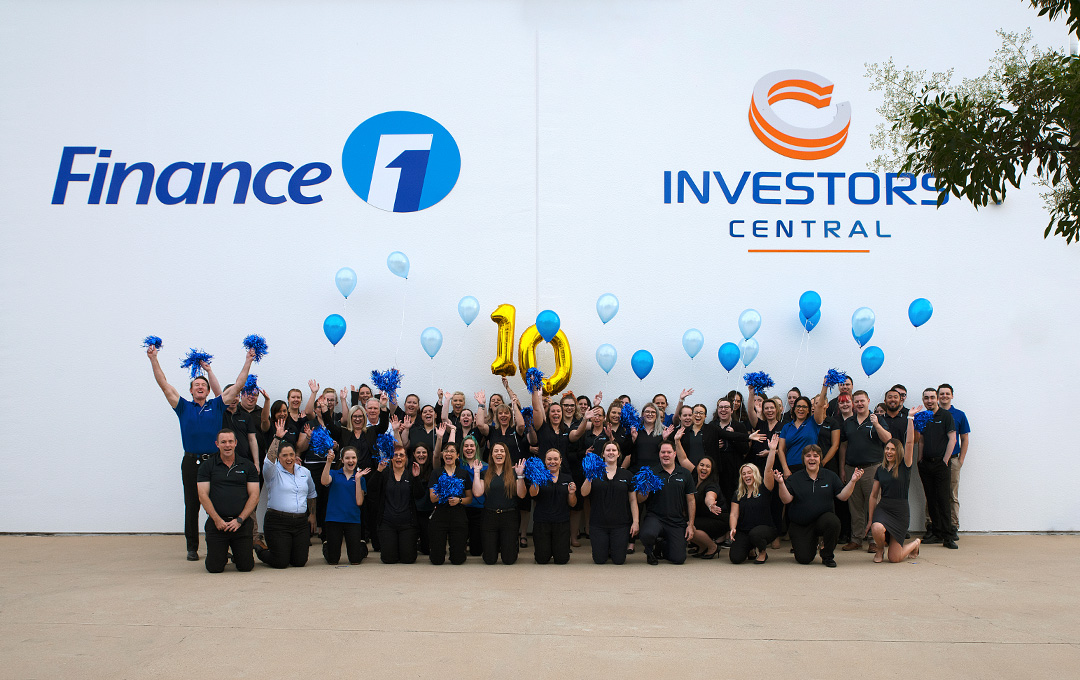Whether you’re an aspiring weekend warrior or dreaming of escaping Outback for an extended holiday, there are certain 4WD essentials you’ll need. So what are they?
Kitting out your four-wheel drive is always an exciting experience. There are so many customisation options to turn it into YOUR 4WD. It’s hard to decide on the ‘must-haves’ versus the ‘lust-haves’ when you have a lot of options but a limited budget. Time to call in an expert!
Tony Ball, manager of the Townsville branch of TJM, has over 20 years of experience in the four-wheel drive industry. When you need to know what accessories are essential for off-roading, he’s your man…
“A bull bar is the first thing you would get,” says Tony. “A bull bar will protect your vehicle when you hit an animal like a kangaroo, so that hopefully your car isn’t immobilised and stranded on the side of the road.
“An air snorkel is also a smart buy because it will provide your engine with cleaner air as the intake is now higher up instead of behind your headlights.
“I’d also recommend improving the suspension system as it will give your vehicle a better clearance and smoother ride.”
It’s hard to decide on the ‘must-haves’ versus the ‘lust-haves’ when you have a lot of options but a limited budget.
For these three items you’ll need to put aside about $5000 but that will set you up well to be a weekend warrior. If you’re looking to spend more time in the outback, though, some more sensible buys will make the journey safer. For, say, a month-long trip, a good set of spotlights or an LED light bar will stand you in good stead.
“A spotlight will give you more distance out the front whereas a light bar will give you more spread,” Tony says.
“Some people will get spotlights on their bull bar and install a light bar on the top. That way they get light out front as well as on the sides.”
A UHF (ultra-high frequency) radio is also a handy add-on. With a range of about 30 kilometres, it will allow you to contact people when you don’t have a phone signal.
“You would also get an EPIRB (Emergency Position-Indicating Radio Beacon) in case you’re stranded somewhere with no phone signal and you can’t reach anyone on your UHF radio,” Tony says.
“With EPIRB, you just press a button and someone will come and rescue you.”
Then there’s a long-range fuel tank to roughly double your vehicle’s fuel capacity and a dual battery system so you can run small accessories, like a fridge or camp light, without draining your 4WD’s main battery.
So how much would all this cost? Well, that depends on the make and model of your vehicle. But using a Ford Ranger as an example and, say, you got a bull bar, suspension, and snorkel put on…And then you added a set of spotlights, a dual battery system, UHF radio and long-range tank, that will bring you up to around the $10,000 mark.
Next on the list are rated recovery points — safe points to recover a vehicle from.
“Rated recovery points are different from tie-down points,” Tony cautions.
“Tie-down points are used to tie cars down when transporting them. A lot of people think tie-down points are recovery points, which is dangerous because these tie-down points aren’t shock-resistant, so they can potentially break and turn into a missile.”
Tony finishes off his list with some final essentials including a first-aid kit, fire extinguishers, jerry cans for water, recovery gear like snatch straps, winches and winch straps, U-bolts and recovery boards.
“Preparation is key when it comes to four-wheel driving,” he stresses.
“Do your homework before you buy anything and always remember safety comes first.”




